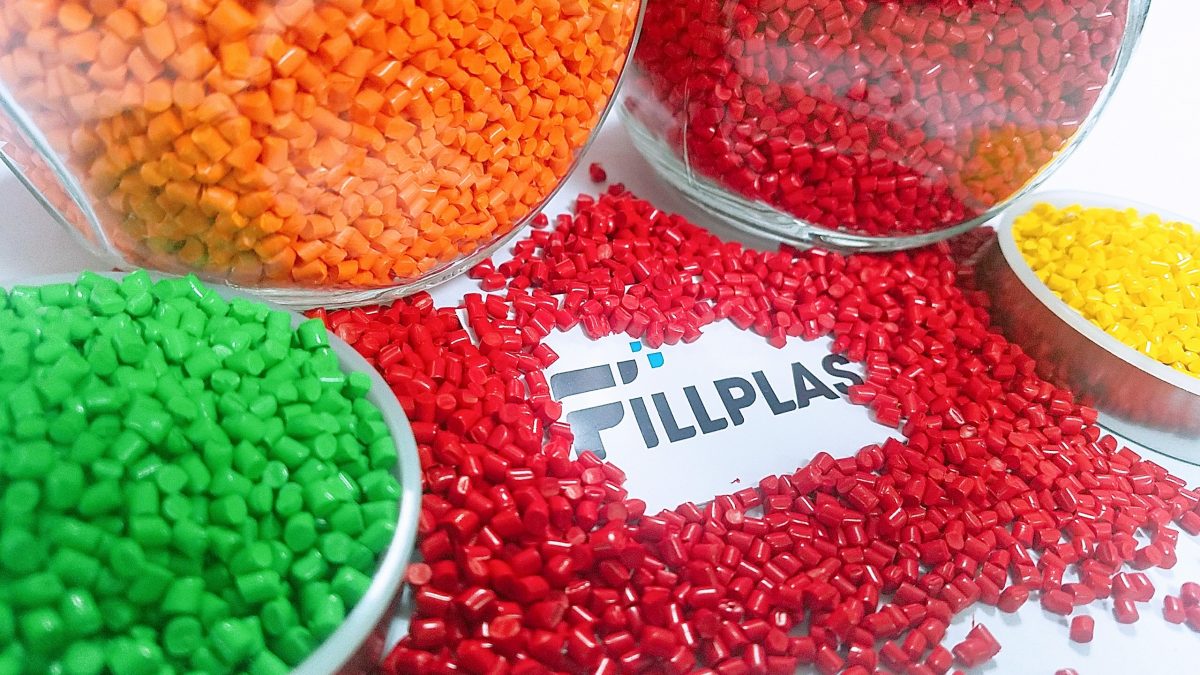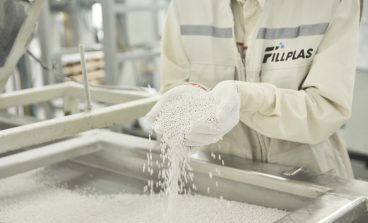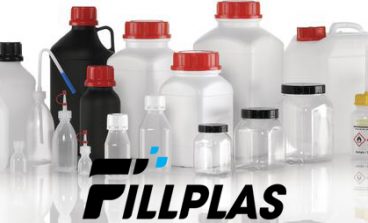
Color masterbatch is also Fillplas main products besides CaCO3 filler masterbatch. This material range includes white masterbatch, black masterbatch, and other color masterbatches. We will find out some aspects of these materials.
Formulation of color masterbatch
White masterbatch is material mixed of TiO2, carrier resin (PP – polypropylene, PE – polyethylene, PS – polystyrene), and other additives.
Black masterbatch is material of carbon black, carrier resin (PE), and other additives.
We use color pigments, carrier resin, and other additives to make color masterbatches.
Applications of color masterbatch
We can see this masterbatch in different applications.
- Blow film: shopping bag, garbage bag…
- Yarn: woven sack, FIBC…
- Non-woven fabric for shopping bags, cloth…
- Injection/blow molding: table, chair, can, bottle, tray, box…
- Extrusion: film sheet…
Benefits of color masterbatch
Color masterbatch gives many benefits to products.
- Save cost (of pigment drain)
- Easy to use
- Direct mixing when processing
- Save processing time
- No influence on the environment
- Good color quality
- High color concentration
- Stable color shade
- Color dispersion ability
- Good lightfastness and heat resistance
Requirements about quality of color masterbatch
- Dispersion: this masterbatch material should be well dispersed. Material has better dispersion then it makes a better smooth surface and brings better colorfastness.
- Colorfastness: depends on processing temperature, time, and environment.
- Heat resistance: the ability to unchanged in a certain temperature condition in a certain period of time.
- Durable with the weather: depends on sunlight, oxy, temperature, humidity…
- Immigration: the immigration of color to the product surface (more usually happens with dye than pigment).
Some issues on color masterbatch
This kind of material has some main quality issues, such as below:
- Dispersion: the issue happens with the pigment not completely dispersed, there are small spots on the surface of the product.
- Color difference: This is caused by different dosage, bad resistance of pigment, or the existence of admixtures in pigment, using of off-grade resin.
Please visit our FillPlas website to have more information.



